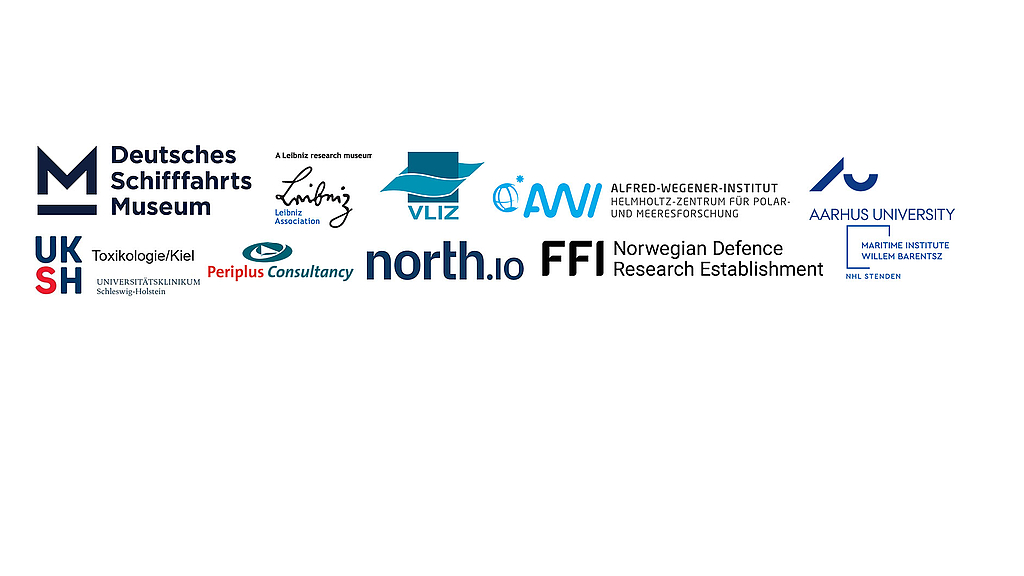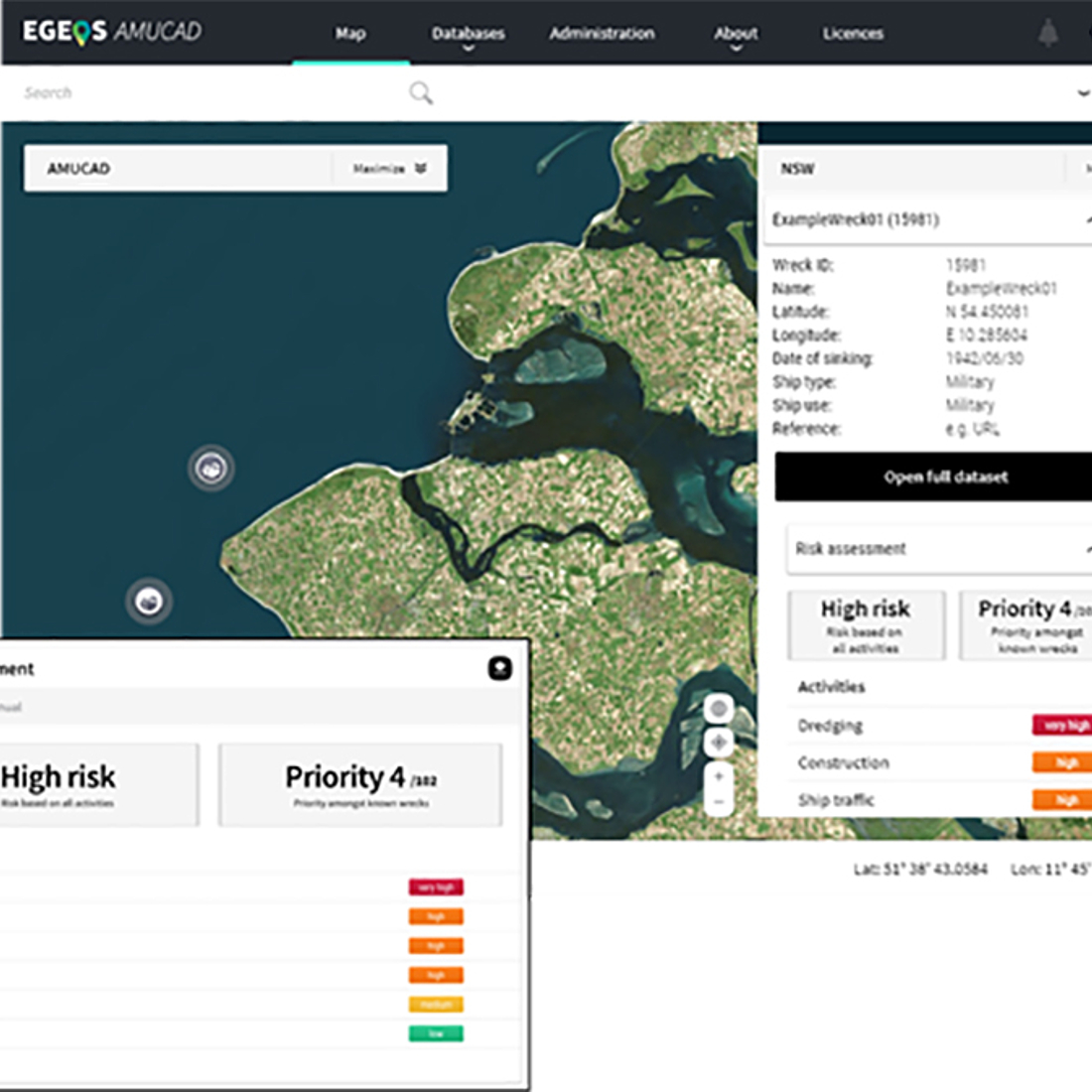The WRECKNS Risk Assessment Tool
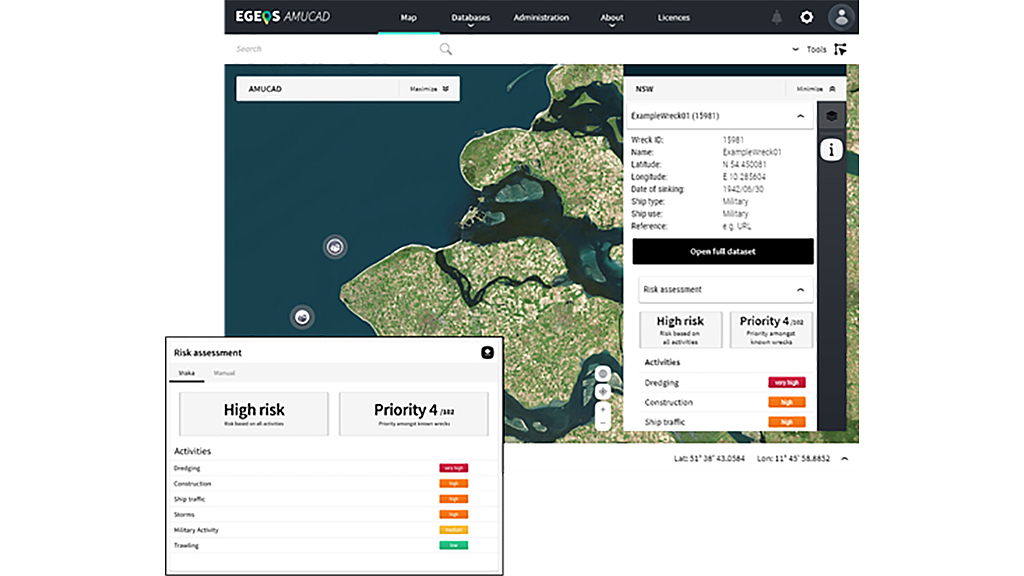
An impression of the WRECKNS tool. Locations of wrecks in the image serve only as an example and are fictitious. © north.io GmbH
An impression of the WRECKNS tool. Locations of wrecks in the image serve only as an example and are fictitious. © north.io GmbH
A risk analysis tool is being created as a web application called the “Wreck Assessment Cadastre for the North Sea” (WRECKNS). This tool is currently under development and will be part of the web platform “Ammunition Cadastre Sea” (AmuCad.org). We already use AmuCad.org to determine the risk posed by munition finds. It also collects information of areas contaminated with munitions worldwide. In the future, it will also include North Sea wreck sites.
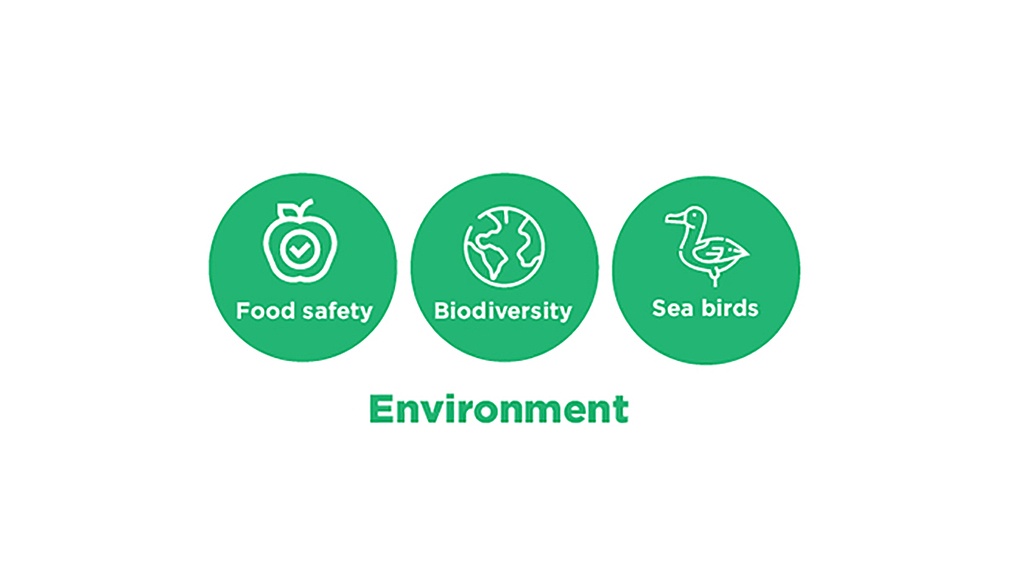
Environmental data being collated in WRECKNS © north.io GmbH
Each site in the North Sea is unique and each wreck is specific. To analyse the risks, we compare many aspects of the wreck, its cargo and conditions at the surrounding wreck site. All these factors play an important role in assessing the risk of a wreck.
• Wreck properties
• Historical data from archives on ship characteristics, time under water, cargo documents with quantities and types of cargo and fuel.
• Cargo properties and sunk ammunition
• Human activities
• Marine Construction projects
• Environment
• Ecosystem and biodiversity
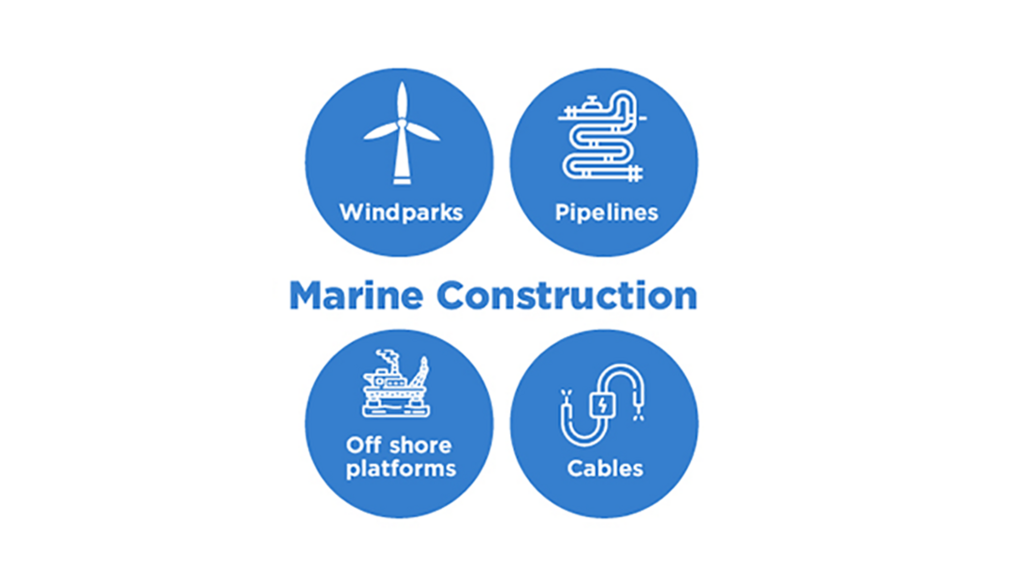
Data on blue economy and offshore construction projects © north.io GmbH
We know little about the wrecks and their impact on the marine environment. WRECKNS will allow us to collate data from research, identify risks and take action.
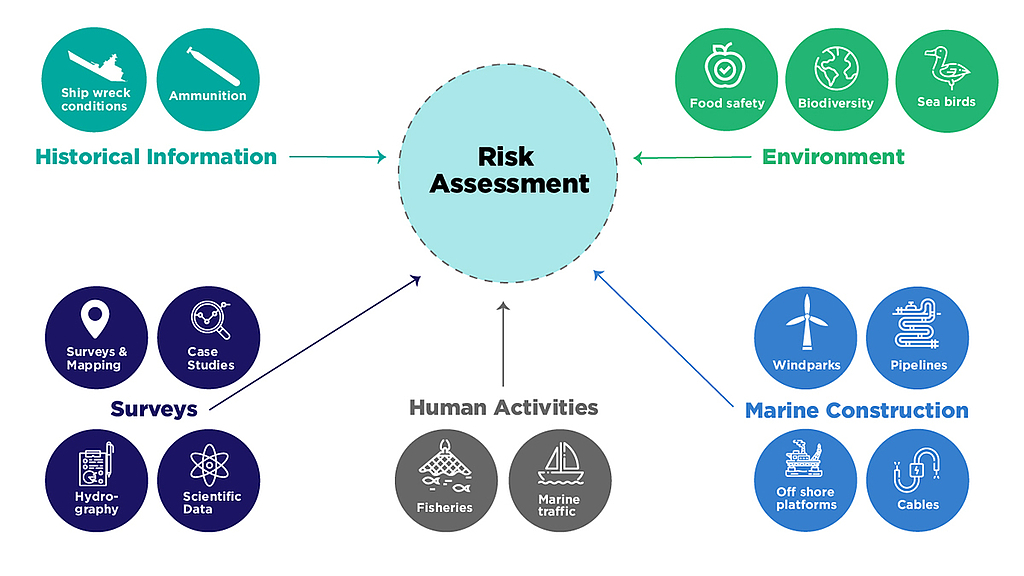
Data correlation in the WRECKNS software © north.io GmbH
AmuCad.org already enables users to determine the risk posed by munition findings, allowing them to view munition-contaminated sites around the world. In the future, it will also include North Sea Wrecks sites.
Partner
-